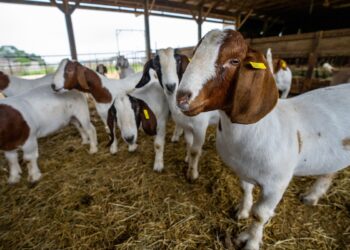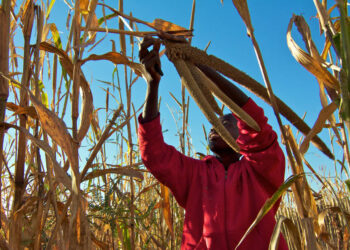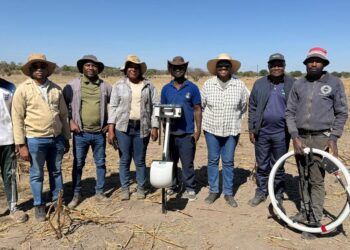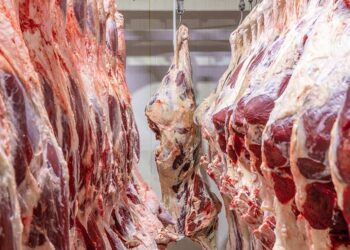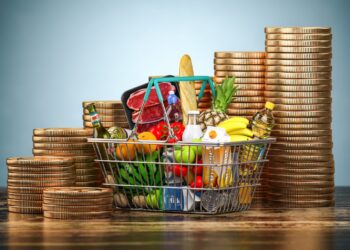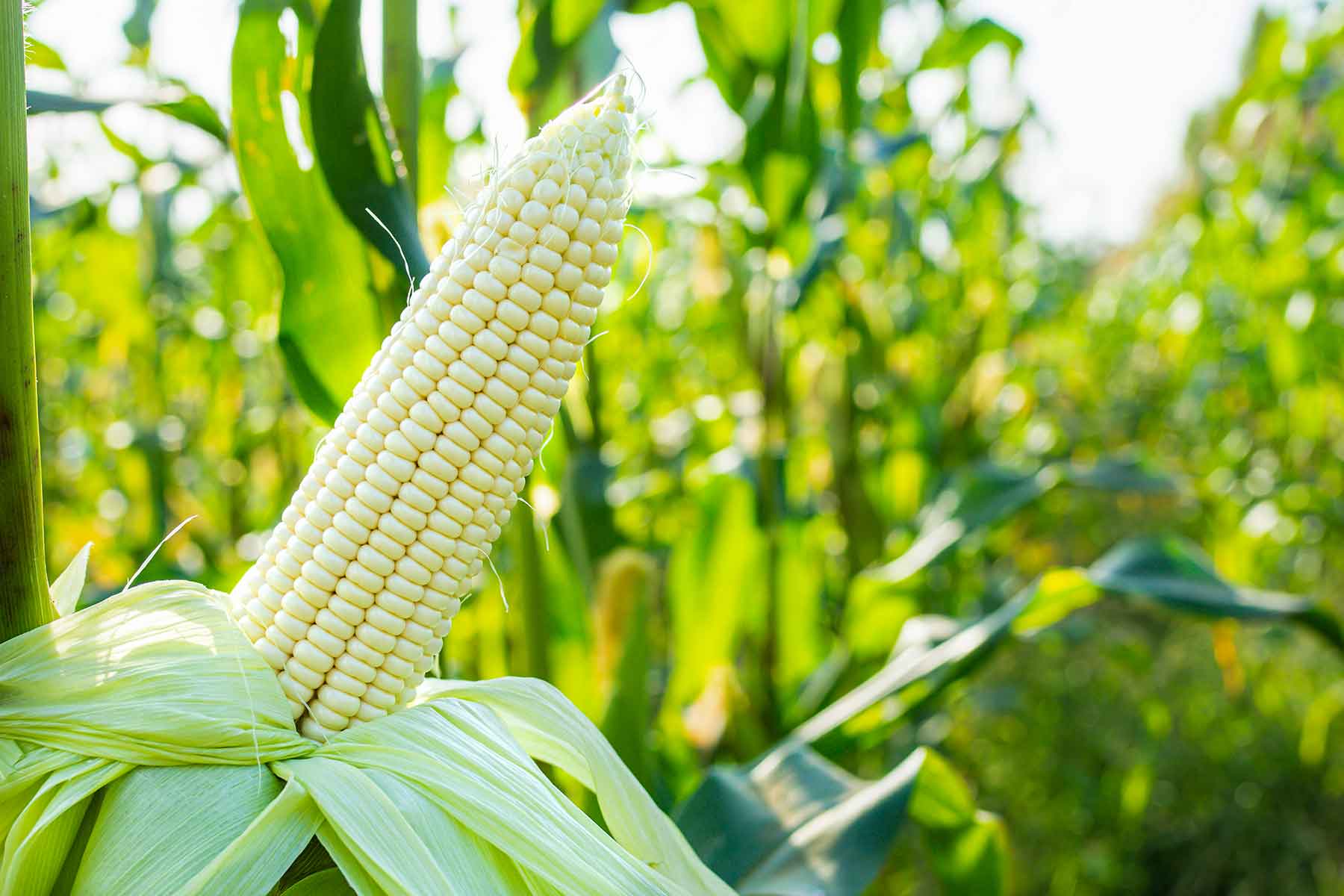
The Namibian Agronomic Board (NAB) says the country would need to invest N$844 million to irrigate land to bridge the gap between current production and national consumption.
According to the NAB Chief Executive Officer, Fidelis Mwazi, the country currently consumes 200,000 metric tonnes of white maize annually but only produces 36,000 metric tonnes due to drought.
“When we look at the total demand of what we consume for white maize as a country is 200,000 metric tonnes per year. We currently only produce 36,000 metric tonnes because of drought,†he said.
He further explained that the country would have to irrigate 22,000 hectares to be self-sufficient. Currently, Namibia has only 6,022 hectares under irrigation, this capacity fulfills only 27% of the national demand.
“Currently, we have private sector land under irrigation of 2,000 hectares, then we have green schemes for the government which is 4,022 hectares which is a total of 6,022 hectares. These hectares can only give us 27% of our demand,†Mwazi said.
He further emphasised the urgency of investing in irrigation to lessen dependence on unreliable rainfall and called for a national agriculture master plan with clear sub-sector strategies.
This plan should address stable food crops beyond just maize, with a focus on increasing the production of pearl millet, for example.
“We need to have a master plan for the agriculture sector that has sub-sectors that clearly indicates for example for staple food crops, it needs to indicate how we plan to move the production of pearl millet to the desired situation similar to maize,†he said.
He also said revamping existing green schemes is another crucial step in ensuring self-sufficiency. Green schemes have the potential to boost production, but they require consistent funding.
Another major challenge Mwazi pointed out is the delayed arrival of critical inputs like fertiliser and seeds, which often coincide with the planting season in October.
“When it comes to the inputs for the green schemes, the fertiliser and the seeds arrive in Jan/Feb while the production starts in October, which is very late. Maybe the procurement act could exempt them to allow better alignment,†he said.


